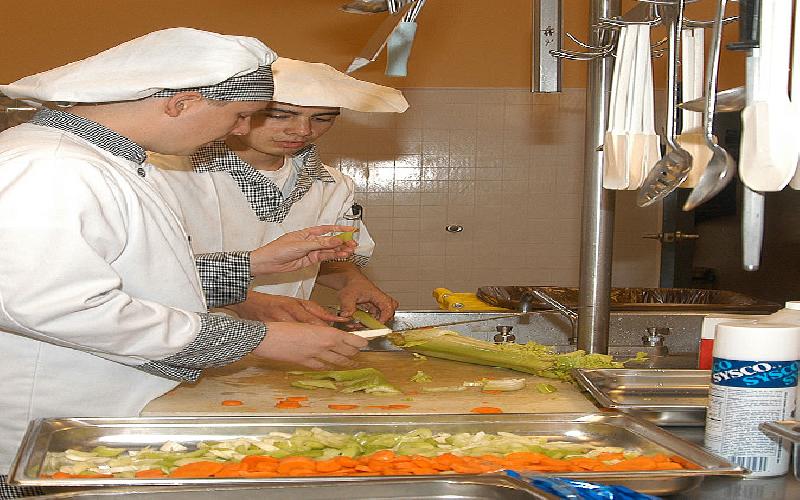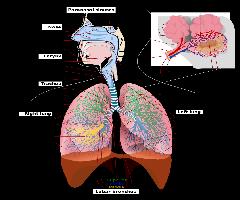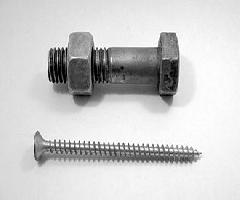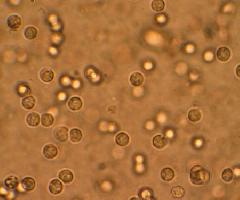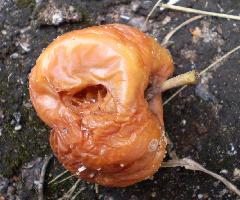The success in the preparation and cooking of meals for the family depends on a number of things. One of them includes the proper ways of preparing raw ingredients before they are cooked; this involves basic preparation processes that require know-how and skill in doing them. These include such processes as paring, peeling, slicing, dicing, mincing, and many others. Here are some of these processes and how they are done.
Measuring and weighing
1. Measuring flour, white sugar, cornstarch, oatmeal, cornmeal and bread crumbs. Fill up the cup by spooning the ingredient into the cup until it overflows, level with spatula or
straight edge of a knife. You may use a set of measuring cups of sets of measuring spoons to get an accurate reading.2. Measuring milk, juice, soy sauce, fish sauce, catsup and other similar liquid ingredients. Put the measuring cup on a leveled surface. Then fill up to desired measure by reading the measuring line on the glass. A set of measuring cups or spoons are needed for this process.
3. Measuring brown sugar, butter or margarine. Put in the sugar or butter into the measuring cup. Press down to the bottom of the cup until all spaces are filled. Continue pressing until the desired measurement.
4. Weighing ingredients. Put dry ingredients on the weighing scale until it reaches the desired weight. For liquid ingredients, put in a container, and then weigh on the scale. Subtract the weight of the container to determine the weight of the ingredients.
Cutting
1. Paring . To remove outer covering with the use of a paring knife. Hold the fruit or vegetable with your left hand and the paring knife with the right hand. Move the knife though the skin in an up and down direction. Cut the skin away from you.
2. Peeling . To remove the outer covering with the use of the hand. Hold the fruit or vegetable firmly with the left hand then start removing the skin with your right hand moving from top down.
3. Slicing . To cut food in pieces with a knife on cutting board. Place the raw or cooked food on a cutting board. Position the knife perpendicular to the food. Holding the food firmly with your left hand, cut through with the use of a knife.
4. Chopping . To cut the food into smaller pieces with the use of a sharp knife. Put the food on the chopping board. Move the knife on an up and down motion cutting through the food. Continue until food is cut into desired pieces.
5. Dicing . To cut into cubes about one-half inch or more depending on the desired size. After paring, cut the fruit or vegetable into slices about on-half inch or more. Then cut each slice into cubes.
6. Grating . To cut into fine pieces or sheds using a grater. Rub the food against the rough perforated surface of a grater using an up and down motion. Shreds are formed on the other side of the grater.
7. Flaking . To separate in layers as in cooked chicken or fish that separates naturally. Hold the chicken or cooked fish with the right hand, then using your fingers on the left, separate the cooked fish or chicken layer by layer.
8. Pounding . To break foods into very fine pieces. Put the cut pieces of food in the mortar, then using the pestle, pound the food with an up and down motion.
9. Mincing . To cut or chop into smaller pieces as in onion or garlic. Remove outer covering thinly with a sharp kitchen knife, then slicing thinly.
10. Scrapping . To remove outer covering by rubbing the knife against the covering until the outer layer peels off. Place knife or peeler on the surface of the fruit or vegetable, then lightly rub it back and forth to remove outer layer.
11. Shelling . Pressing or cracking the hard cover to open and draw out the seeds or the meat. Press opens with your thumb and index finger to open the shell.
12. Stringing . Removing the stringy fibers along the sides. Hold with one hand the vegetable and with the other hand, remove the threadlike fiber starting from top end down.
Mixing, blending, etc.
1. Mixing . To combine ingredients as in salt, ground pepper, and sugar mixture. put ingredients in a bowl. Mix using the hand or a mixing tool (whisk beater) making a circular or up and down motion.
2. Blending . To mix thoroughly two or more ingredients as in salt, soy sauce and sugar for marinating. Put ingredients in a bowl, and then start with a wooden spoon to allow blending of ingredients.
3. Beating . To mix using a brisk, lifting motion as in beating eggs. Put ingredients in a bowl, then beat using a fork, whisk beater or rotary beater.
4. Marinating. To let food stand in marinade like soy sauce, lemon juice, ground pepper, spices, and others. Place slice fish or meat in a deep bowl. Pour in the marinade. Arrange in layers to allow each piece to be properly marinated.
5. Tossing . To tumble ingredients lightly with lifting motion as in fresh vegetable salad. Put ingredients in a large bowl. Add dressing if any. Holding two forks with both hands, mix the food moving the fork from the bottom going up using very light motions.
6. Stirring . To mix ingredients with a circular motion for the purpose of blending them into uniform consistency as in making sweet-sour sauce or a dressing for salad. Mix altogether ingredients in a bowl. Then mix with a circular motion using a spoon or other similar tools.
7. Creaming . This is done by softening butter, the sugar is added gradually making the mixture spongy because of the incorporation of air. Rub the butter against the side of the bowl until it becomes soft. Add sugar by teaspoon while continually mixing. This allows air to cause expansion of the mixture.
note: originally posted at Exposeknowledge.com under the same author.
